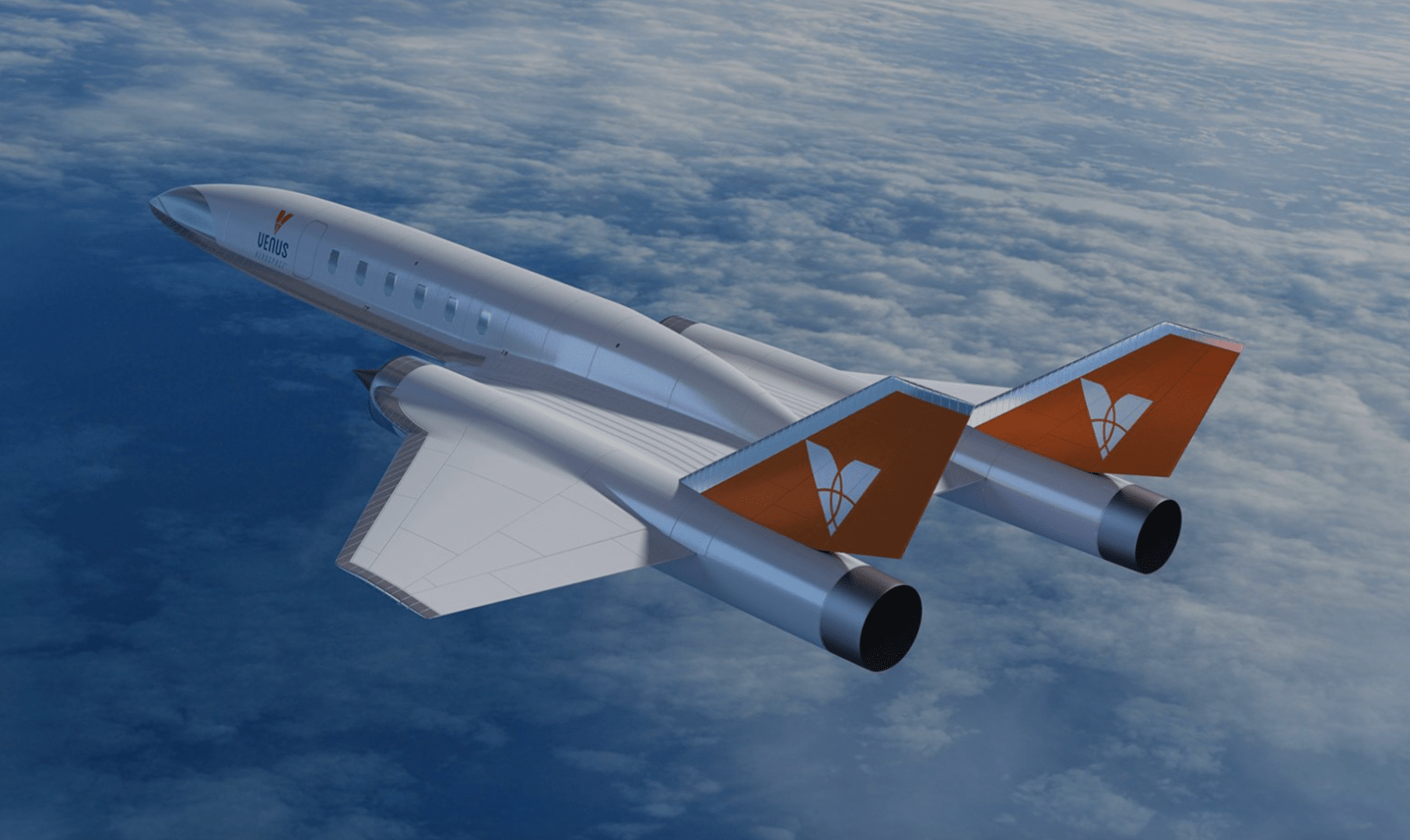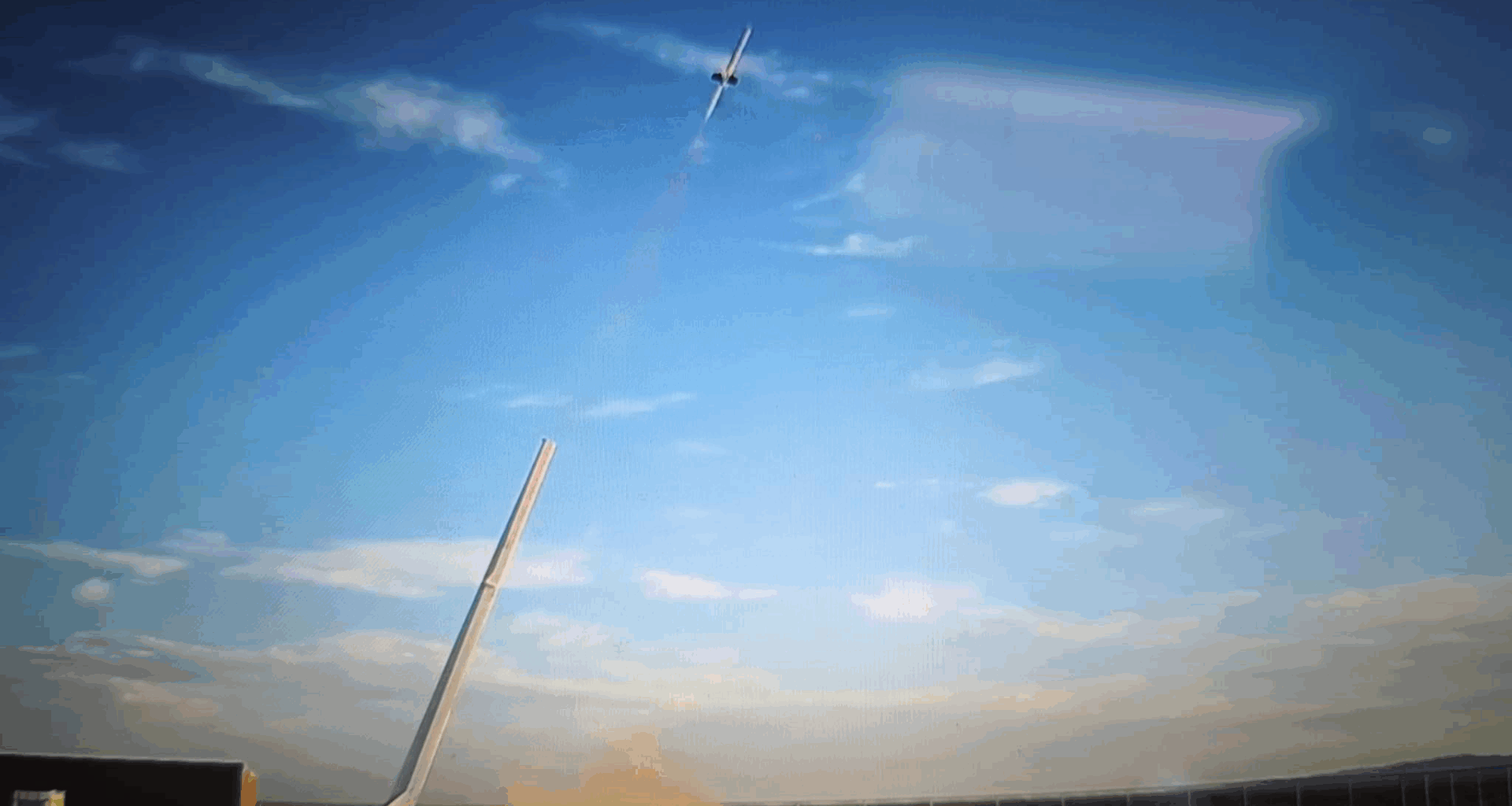Hypersonic flight, defined as travel at speeds exceeding Mach 5 or five times the speed of sound, is rapidly emerging as the next transformative technology in aerospace and defense. Its ability to drastically reduce travel time and penetrate advanced defense systems makes the technology a strategic game-changer. Nations and private entities are investing heavily in hypersonic vehicles for both civilian applications—such as ultra-fast global travel—and military uses, including high-speed missiles and reconnaissance platforms.
For decades, the US has sought the edge in hypersonics through large, expensive, and often delayed government programs. Even though the US Department of Defense has named hypersonic technology as a top priority, the Pentagon still lags behind rivals China and Russia in deploying operational hypersonic glide vehicles. Russia has already deployed hypersonic weapons like the Avangard and Kinzhal, while China has demonstrated advanced capabilities with its DF-ZF glide vehicle.
While the reports seem not so encouraging, a breakthrough by a Houston-headquartered startup may just give US the edge it needs. In its attempt to revolutionize the hypersonic economy, Venus Aerospace has recently achieved an important milestone that has eluded even big players. The company has successfully completed the first-ever US flight test of a rotating detonation rocket engine (RDRE), a long-theorized propulsion system promising faster, cheaper, and more efficient access to ultra-high speeds.
In the race for speed, a radical rocket engine takes flight
Venus Aerospace’s recent flight marks an important step forward in propulsion technology, with potential implications for future US capabilities, the company’s founders explain.
“What we’re doing with this detonation engine is not just catching up—it’s leapfrogging. It enables low-cost hypersonics, which is a game changer. While Venus Aerospace is focused on passenger travel—that will take time due to safety and regulatory hurdles—the engine technology itself applies immediately to defense,” says Andrew Duggleby, co-founder and CTO of Venus Aerospace, in an interview with Interesting Engineering (IE).
Unlike traditional engines, RDREs harness a self-sustaining detonation wave that spins around a ring-shaped combustion chamber. This process results in higher thermodynamic efficiency and more thrust per unit of fuel than conventional systems. The physics of detonation are violent and complex—but the payoff is high.
 Venus Aerospace’s supersonic flight test drone
Venus Aerospace’s supersonic flight test drone
The engine tested by Venus Aerospace used ethylene and oxygen as propellants and was mounted on a custom testbed vehicle. The flight demonstrated that detonation-based thrust could be achieved and sustained in real-world conditions—something even the biggest government research programs had yet to accomplish in the air.
“Because detonation creates a higher starting pressure, you can convert more energy. The theory says you could get up to a 30% performance jump, but we’d be very happy with just 10%. To put that into context, from a pure rocket engine point of view, a detonation engine-powered launch vehicle could almost quadruple how much payload you send into space. It’s an incredible leap,” Duggleby tells IE.
RDREs could eventually be used in hypersonic cruise missiles, spaceplanes, or even reusable first-stage boosters. The simplicity of the engine design—no spinning turbines, fewer failure points—makes it particularly attractive for systems where performance must be matched by cost-effectiveness.
“The detonation engine is really part one. Part two is combining it with an older, proven concept called a ramjet, from the 1950s and 60s. The detonation engine can transition smoothly into a ramjet at Mach 4, 5, or 6. That combo enables low-cost hypersonic weapons, but also passenger travel. The detonation engine is the missing piece that unlocks that full detonation-ramjet combination, which is the foundation of affordable hypersonics,” Duggleby points out.
Major hypersonic programs face technical and funding challenges
The US military has struggled to deliver that vision of fast, cost-effective hypersonic capability at scale. Several major hypersonic programs have hit roadblocks, from technical setbacks to funding challenges. The US Air Force canceled the Air-launched Rapid Response Weapon (ARRW) program in 2023 after a string of disappointing tests, and the shift in focus toward long-range conventional strike weapons slowed momentum.
“Nobody doubts that the US has been lagging in hypersonics. It’s easy to say in hindsight, but the US was focused on other military priorities—Afghanistan, Iraq. Hypersonics enable strategic military capabilities, and the US has been trying to catch up. The matter is that we don’t need new regulations to build these aircraft in the US, but we do have a flight testing challenge. Right now, only military ranges allow supersonic or hypersonic flight. That limits development because if you can’t fly and test regularly, progress slows,” Duggleby explains.
To counter this, Venus Aerospace plans to expand testing and is in discussions with both government and commercial partners. The company envisions vehicles capable of traveling at Mach 9 and connecting distant points across the globe in under an hour. Their longer-term goal is a spaceplane capable of taking off from a runway, reaching low Earth orbit, and landing without staging.
At the same time, that future has deep roots in public R&D. NASA has been experimenting with RDREs for more than a decade, conducting subscale tests and publishing detailed studies on detonation wave dynamics. In 2023, NASA’s Marshall Space Flight Center announced a successful hot-fire test of a 3D-printed copper-alloy RDRE that produced 5,800 pounds of thrust.
That test marked an important validation of the engine’s core physics and scalability. Although NASA’s work remained confined to the ground, Venus Aerospace’s flight marked the next evolutionary step, while also getting support from the agency in the process.
 The Venus Stargazer M4
The Venus Stargazer M4
“The Air Force and NASA have both supported us, but NASA has really led government development of this technology recently. Working with NASA colleagues at Marshall Space Flight Center has been great. They’ve helped us with both technical knowledge and testing facilities, and having key government partners is crucial to unlocking the technology’s full potential,” Duggleby tells IE.
Europe’s hypersonic ambitions still lag behind, but ESA eyes breakthroughs
Europe has long been a powerhouse in space science and satellite technology, but when it comes to hypersonic flight—whether for defense or space access—it is trailing behind the US, China, and Russia. NASA’s competitor in Europe, the European Space Agency (ESA) is now trying to change that, pushing forward foundational research to close the technological gap and lay the groundwork for reusable hypersonic vehicles.
Last year, the agency gathered experts from the aeronautics and space sectors to identify shared technical barriers and cross-sectoral synergies. The goal was not to deliver ready-made solutions, but to map out the interconnected engineering and operational hurdles that must be solved before Europe can field advanced hypersonic systems.
“We did not aim at providing concrete solutions but rather to first identify challenges and technical dependencies between fields. This is a starting point to enable future reusable hypersonic vehicles for an Earth-to-orbit hub.” explains Didier Schmitt, ESA’s Future Preparation Group leader.
Reusable is the operative word. Unlike traditional space launch systems that discard hardware at every stage, ESA envisions space planes and lifting-body vehicles that can land on runways and be flown again.
Though the agency itself has a history of successful reentry demonstrations—such as the ARD in 1998 and the IXV in 2015—it has yet to transition these advances into operational hypersonic platforms. The IXV’s successful orbit and guided splashdown over the Pacific Ocean proved the feasibility of controlled high-speed reentry. Still, Europe has not matched this with the kind of large-scale development seen elsewhere.
While ESA is focused on dual-use space technologies, the defense implications of hypersonic systems cannot be ignored. Vehicles flying at Mach 5 and above—roughly 3,730 m/h—pose unique challenges due to extreme heating and control complexity, but they also offer game-changing advantages in military applications.
Political will, sustained investment needed for Europe to bridge the gap
This is where startups like Germany-based Hypersonica, founded in 2023, come in. The company is working to develop sovereign European hypersonic platforms for both space and defense, with a focus on value-driven development and deep-tech engineering.
Hypersonica’s co-founders, Oxford PhD and Bain & Company alum, Marc Ewenz-Rocher and Philipp Kerth have stressed the strategic urgency of next-generation hypersonic capabilities. They emphasize that unlike traditional ballistic missiles, hypersonic vehicles offer superior maneuverability and speed, making them harder to detect and intercept.
However, unlike the US, where hypersonic startups are beginning to attract serious funding and government support, Central Europe’s ecosystem is still struggling to get off the ground. For instance, Venus Aerospace itself secured close to $43 million in funding since its inception in 2020 in Houston, Texas.
In Europe, Czech-based venture capital fund Presto Tech Horizons is one of the few exploring investments in hypersonic technologies. Speaking to IE, the firm acknowledged the immense difficulty of finding viable startups in this frontier sector. “Yes, we explore investments in hypersonic space, but it’s honestly very, very tough. There are not many companies out of CEE that are doing it,” a representative from the fund informed IE.
Thus, ESA’s current efforts—bringing together space and aerospace engineers to harmonize innovation—mark a critical early step. But as the global race in hypersonic technology accelerates, Europe will need more than workshops and roadmaps. It will have to bank on strong political will, sustained investment, and bold demonstrations.
